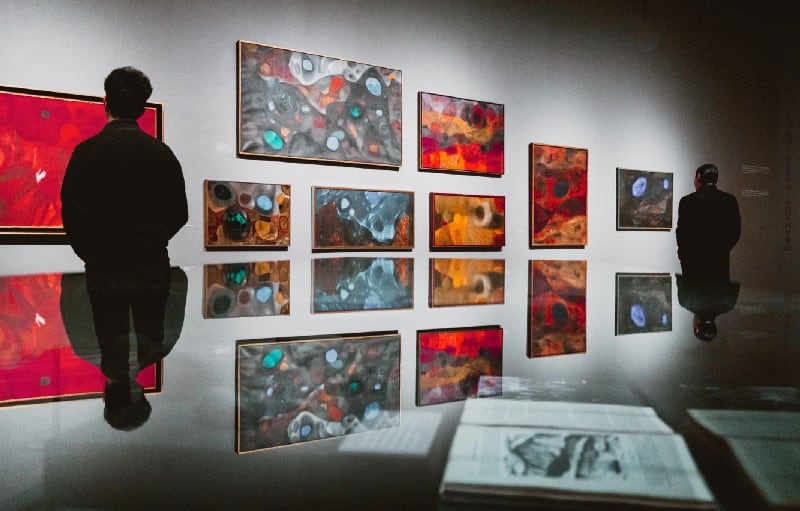The importance of different perspectives in listeners, as well as users.
I once took an entrepreneurship course with prominent businessperson Gary Hoover. One evening, the class went to the mall, where we observed different retail spaces and customers. In the end, we shared our observations as a class.
What struck me is how divergent we all were. Hearing what others “saw” versus what I “saw” was fascinating. We were in the same place, supposedly seeing the same thing, and yet we all noted contrasting information and takeaways.
For me, it was an excellent reminder of how important diversity of thought is in design work. Only through this diversity do we gather enough information to paint a more accurate picture of a business challenge.
I think it’s widely accepted that innovators and designers should to talk to a range of users in discovery or design researchto get wide-ranging perspectives on your particular focus area. Even if you are speaking to a relatively “homogenous” group — let’s say you’re talking to luxury travelers; for example — you still want a range of perspectives, whether in race, age, marital status, etc.
“We can be blind to the obvious, and we are also blind to our blindness.” Daniel Kahneman

But, what I don’t think we talk about enough is how helpful and essential it is to have a diverse set of listeners and colleagues taking in these interviews or during meetings we facilitate.
Even when we apply an unbiased approach, we are still bringing our prior experiences, world view, and a unique perspective to the table when we observe things.
You want different people with diverse experiences to come to the table. It’s not about expertise; it’s about different ways of listening, synthesizing, and internalizing information.
Additionally, with more expansive, divergent thinking in the room, it has a ripple effect on the team; it encourages new, unexpected thoughts and solutions from everyone.

Diverse Teams Outperform
There is a ton of data out there that also proves that diverse teams outperform homogeneous ones. The Harvard Business Review article “Why Diverse Teams Are Smarter” cites this study: “A 2015 McKinsey report on 366 public companies found that those in the top quartile for ethnic and racial diversity in management were 35% more likely to have financial returns above their industry mean, and those in the top quartile for gender diversity were 15% more likely to have returns above the industry mean.”
Embrace the “Onlyness”
When we include more people as listeners and participants in design work, we increase the amount of “onlyness” in the room. Nilofer Merchant wrote a book about the concept of “onlyness,” which she describes like this: “Onlyness is that thing that only that one individual can bring to a situation. It includes the journey and passions of each human. Onlyness is fundamentally about honoring each person: first, as we view ourselves and second as we are valued. Each of us is standing in a spot that no one else occupies. That unique point of view is born of our accumulated experience, perspective, and vision. Some of those experiences are not as “perfect,” as we might want, but even those experiences are a source for what you create.”

Increase the nuance
As economist Daniel Kahneman writes in Thinking, Fast and Slow: “We can be blind to the obvious, and we are also blind to our blindness.” We all have our life experiences, skills, and expertise that we bring to the table. This is our strength, but we often aren’t aware of our weaknesses.
We all have some blinders on, but sometimes we aren’t even aware enough to name them. The more observers we have and the more varied their experiences and background, the more nuance we can include in the synthesis of our insights.

For these reasons, I encourage you not only to think about how your participants create a “representative sample” in your next round of user interviews but to consider the perspectives of your listeners and note-takers as well. Or, in your next meeting, bring in people from outside your team to shake up the views and experience in the room.
If we don’t have diversity in our observations, we may miss a critical perspective. With more variety in listeners and team members, you’ll identify key insights and question common assumptions, instead of carrying them into your work.


